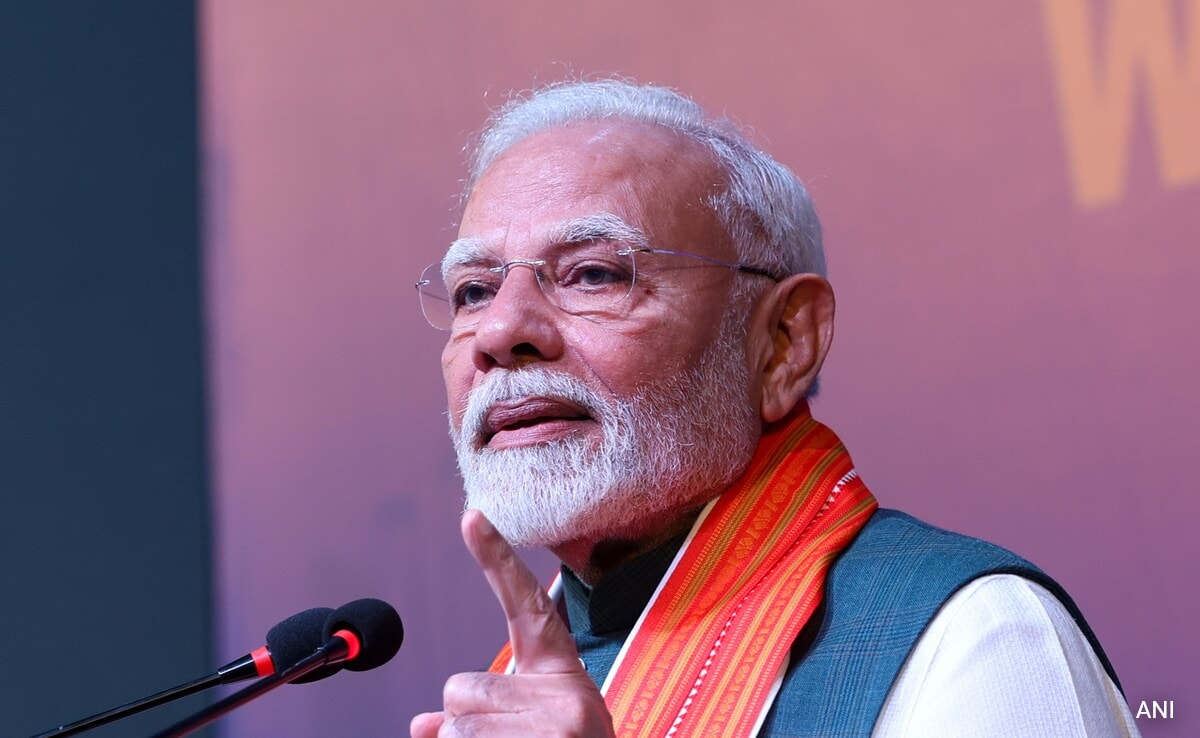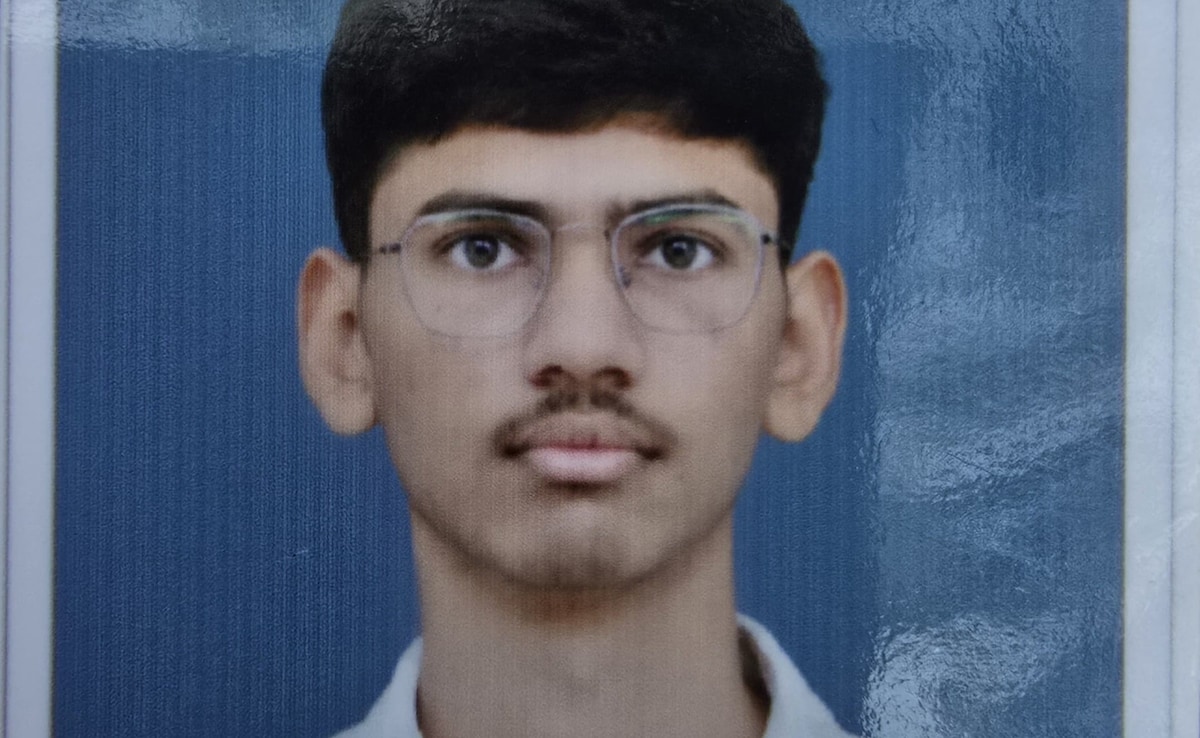
Does your child love pizza more than geometry? Or music more than maths? Or cricket more than chemistry?
The problem isn’t with geometry, maths, or chemistry. It’s just that learning them doesn’t feel as enjoyable as a favourite hobby or meal.
But what if this fun-gap is reduced — and eventually eliminated — sometime soon? Here’s a preview of a teacher trying to do that. We asked the teacher to explain geometric angles using pizza analogy. The answer it gave, in seconds, was:
“Imagine you’re at a pizza party. When you cut the pizza into slices, the cuts intersect at the centre, creating different angles between the slices.
Adjacent angles are like two slices next to each other. They share a common edge (the cut) and together, they make up a larger portion of the pizza.
Supplementary angles are like two slices that, when put together, form a half-pizza (180 degrees).
Vertical angles are like the slices directly across from each other. No matter how you cut the pizza, these opposite slices will always be the same size.”
The teacher also provided an interactive graph explaining these angles and asked if we would like to understand angles through a music, sports, car (or any other) analogy.
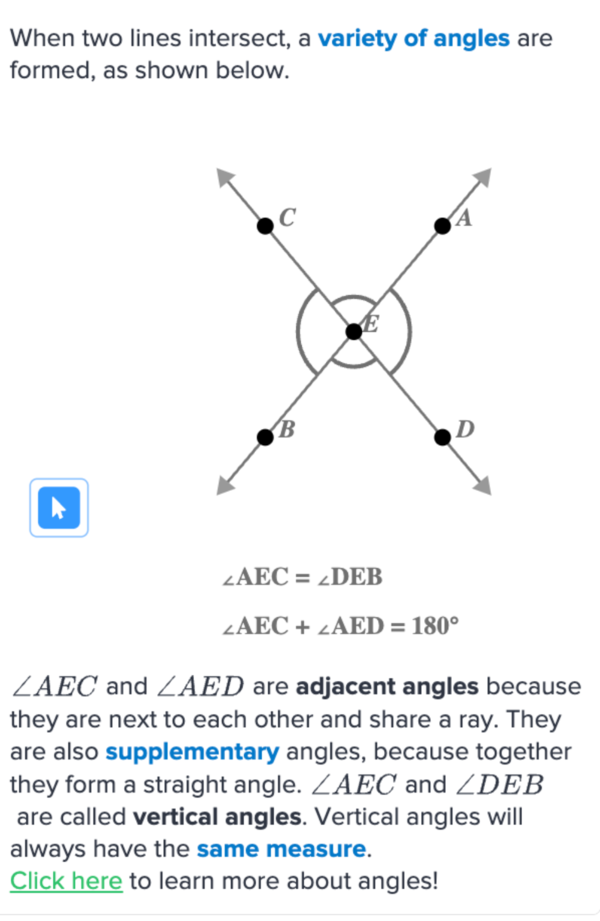
The pizza-to-angle explainer above was only a start. It was followed by a simple quiz to test the learner’s level of understanding after which came a customised set of exercises and explanations. The teacher could translate instructions in Hindi and a few other Indian languages.
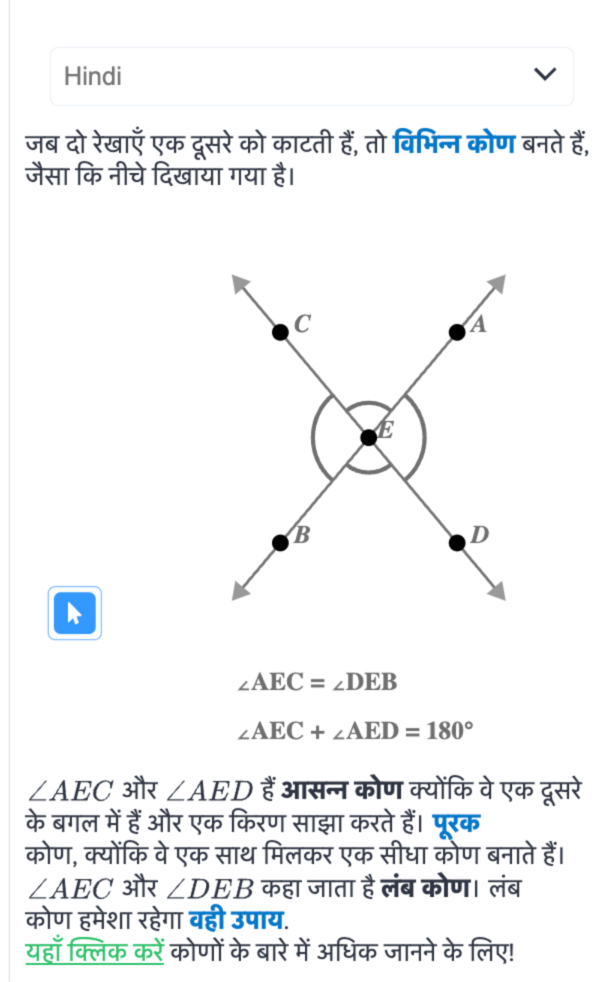
The teacher, called Flexi, is not human but an AI tool developed by US-based CK-12 Foundation, which describes its mission as ‘enabling every student to learn in their own way’. Neeru Khosla, co-founder of CK-12 and wife of Indian-American venture capitalist Vinod Khosla, says: “Each student has a different pace of learning, different interests and different goals. Limits of time and resources make it challenging for educators to treat individuals as student. We pair high-quality content with latest technologies to equip students, teachers and parents with everything they need — for free.”
Flexi is the foundation’s latest of many initiatives, which include FlexBooks — customisable and interactive textbooks — and Adaptive Practice, which tailors exercises to a student’s skill level. Flexi’s use of generative AI (gen AI) enables it to draw from CK-12’s resources and provide a personalised learning experience.
Soft-launched in India in Aug this year, Flexi has already been used by nearly a million students in the country. While it’s currently free, there may eventually be a small fee to help cover costs, according to the company. Globally, more than 300 million students, teachers, and parents across 13 countries have used Flexi.
Geometry lesson through basketball: What if learning was this much fun?
This user database provides valuable insights. For example, if a student frequently asks for questions to be rephrased, it may be indicative of a struggle in getting the underlying concept. Within just 2-4 questions, Flexi’s AI can assess whether the student’s understanding aligns with their grade level or if it’s above or below that level.
If internet, over time, became a means to democratise knowledge, AI is a tool to personalise knowledge. On the internet you can watch or read lectures of leading professors from world’s top universities. But those lectures aren’t customised to your level of knowledge, interest and language. AI can do that at scale, speed and price that wasn’t imaginable few years ago.
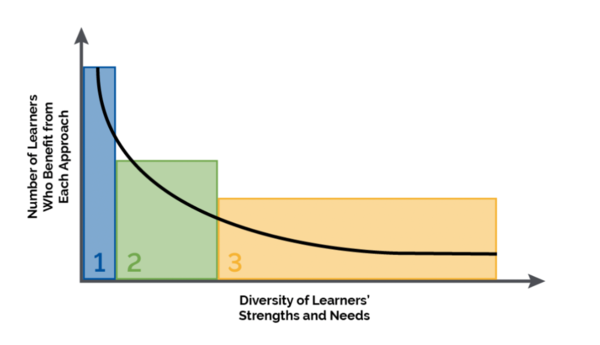
But translating the promise of personalisation into reality requires work — a lot of work. For example, an AI tutor shouldn’t be giving answers to questions. It’s a learning tool, not an answer finding cheat sheet. This means training AI to provide a path to solution rather than give the solution itself. It also involves understanding a wide range of possible prompts, using the right visuals and making them interactive to ensure learning is engaging and fun. And deliver it all in user interface that works across devices and languages.
Then, there is the question of how much to rely on AI. Flexi offers option to pick between explanations and answers that are AI-generated, and the ones generated with the help of its own library of books and explainers. It also highlights the fact that AI can make mistakes and has links that list its limitations.
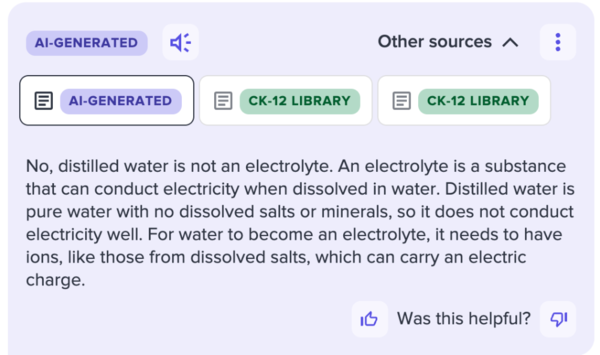
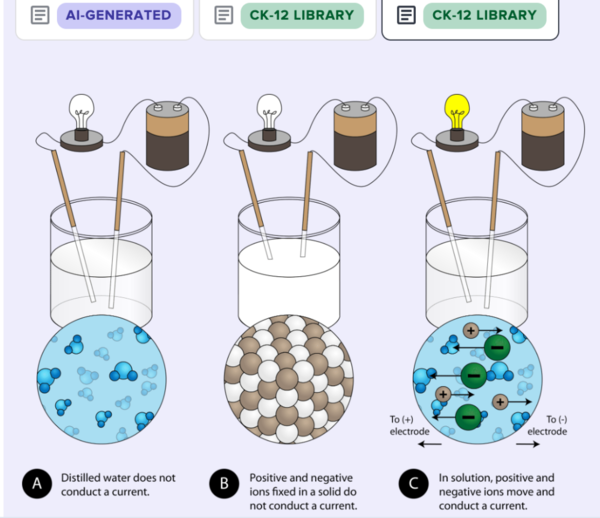
This raises the question: how should an AI tutor like Flexi be used? Is it a replacement for teachers or even schools? The answer is no. And that doesn’t reduce its utility or need.
We’ve long understood that every child learns differently. However, until now, there hasn’t been a practical way to offer personalised teaching for each child, especially in a country like India, with 200 million schoolchildren studying in different languages, and often with parents who lack the money, time or education to support them. AI tutors like Flexi can help schools and teachers blend the advantages of group learning with personalised attention.
In a recent Netflix documentary ‘What Next? What can AI do for us/to us’ a teacher in a US school introduces her students to an essay writing AI assistant. After the students experimented with the tool, she asks how many of them will use it in future versus queuing up to her for help. Many hands in the class go up. “It doesn’t mean I am not here. I am still here to help,” she tells the class. That’s an example of how AI, if designed and implemented well, could help not hurt teachers and schools.
The jobs that AI tutors could and should take away is of private tutors. Growth of private tutors and coaching in India mirrors the fall in quality of school education, particularly in public schools. For many poor families these tutors have become a bad-but-expensive supplement to school they can’t do without. Solutions like Flexi could offer a far better substitutes to such tutors at little or no cost.
TOI had also reviewed Khan Academy’s AI Tutor ‘Khanmigo’ earlier this year. The review can be read here.


